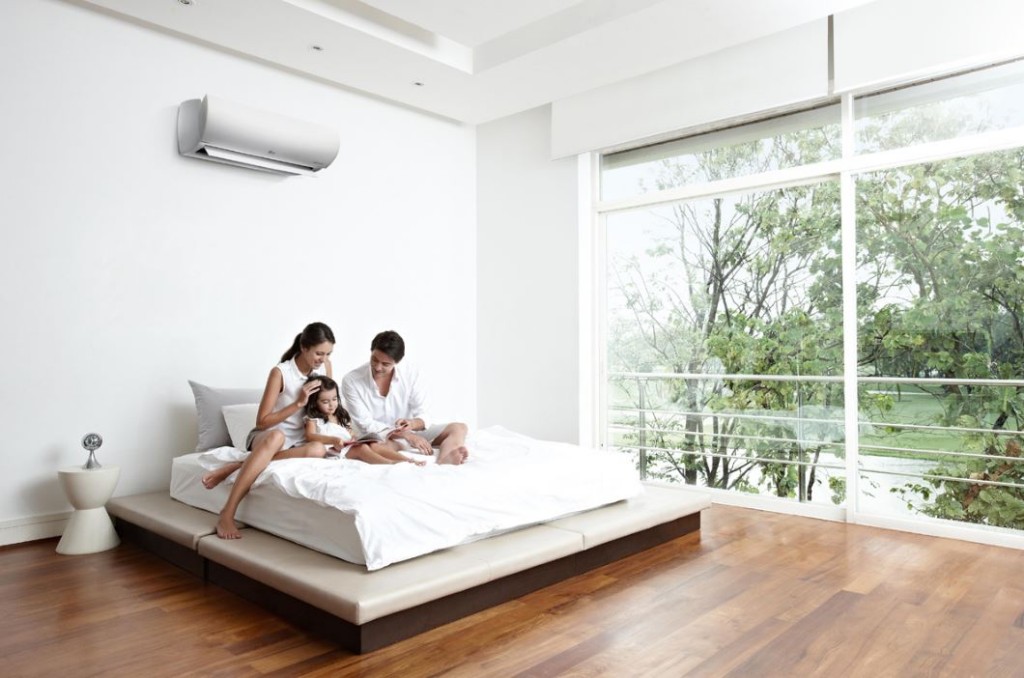 (BPT) – Home cooling costs rise with the temperature, making many homeowners dread the arrival of their monthly electric bill during the good ol’ summertime. Fortunately, with a few simple strategies, it’s easy to cut down on cooling costs so you can enjoy summer, even through record-high temperatures.
(BPT) – Home cooling costs rise with the temperature, making many homeowners dread the arrival of their monthly electric bill during the good ol’ summertime. Fortunately, with a few simple strategies, it’s easy to cut down on cooling costs so you can enjoy summer, even through record-high temperatures.
“Air conditioning is the main way homeowners cool their home, but it’s far from a one-size-fits-all solution,” says Laura Johnson, home economist for LG Electronics USA. “How you choose to cool your home can make a big difference in comfort levels and energy costs.”
She suggests starting by asking yourself a few simple questions:
* How hot is it likely to get in the region where you live?
* What is the square footage you want cooled?
* Do you have one room that just doesn’t cool effectively while others are fine?
* Do you have an existing duct system?
* Do you want to install a whole home system, but don’t have months to work with a contractor?
If you have an existing system that doesn’t seem to be cooling your home as well as it should, it’s time to explore other options. If your HVAC (heating, ventilation and air conditioning) system is more than 12 years old, it’s likely not working as efficiently as it could. Have a professional HVAC contractor evaluate the system. A tune-up may help the system work better, or reveal that it’s time to consider a replacement.
Heating and cooling costs the average homeowner about $1,000 a year – nearly half the home’s total energy bill, according to EnergyStar.gov. When researching new air conditioners, always look for the Energy Star label. If your air conditioning unit is more than 12 years old, replacing it with an Energy Star qualified model could reduce cooling costs by 30 percent.
A variety of air conditioning systems are available. If you have an existing duct system, installing a central air conditioning system is a good option. Those without ducts aren’t stuck choosing between inefficient window units or extensive construction – newer duct-free systems provide efficient cooling with high energy-efficiency ratings.
For example, duct-free systems like ArtCool models from LG, allow you to cool your entire home or just a single room without the need for invasive ductwork. There’s no tearing down walls or altering your home’s appearance. In most cases, a professional contractor gets the job done in less than a day. The contractor will help you determine if you need a single- or multiple-room system. Be sure to research your contractor carefully, because proper installation is key to achieving maximum energy efficiency. Plus, some duct-free systems qualify for a tax credit of $300 if you install your system before Dec. 31.
No matter what air conditioning system you choose, be sure to check the “SEER rating.” SEER stands for Seasonal Energy Efficiency Ratio, and is the industry-wide performance rating. The higher the number, the more efficiently a product will perform. The average air conditioner rating for an Energy Star-qualified window unit is a 9 to 11, while duct-free systems like the Art Cool Premier have SEER ratings up to 28, which can translate to bigger energy savings.
You can also take steps to conserve energy in other areas. During sunny, hot periods of the day, use appropriate window coverings to block heat and conserve the cool air. Avoid using the oven or excessive electronic devices – like TVs or computers – which can put off a lot of heat.

